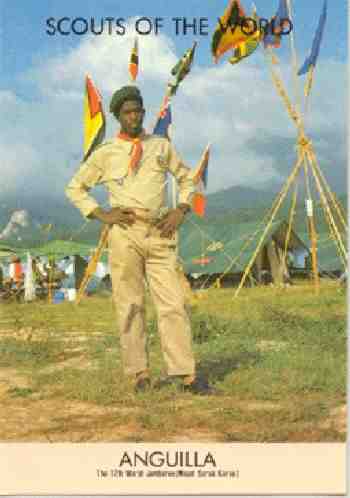
Figure 1.--Anguilla Scouts wear a khaki uniform.


Figure 1.--Anguilla Scouts wear a khaki uniform. |
'Many Lands, One World' was the theme which brought together 16,000 young people from more than 130 countries in the beautiful Mount Sorak National Park. The location was a few kilometres from the disputed border with North Korea and some 200km, or six hours by road, from Seoul, the capital city. As part of its contribution, the UK transported a replica Brownsea Island camp to re-enact B.- P.'s 1907 experiment in Scouting. It became the most photographed and filmed event at the Jamboree. The Jamboree started with bad weather with rain and flooding providing major problems. The opening and closing ceremonies were masterpieces of showmanship, designed to rival those of the Olympic Games.
The following national Scout uniforms were worn at the Jamboree.
Anguilla is a small English colony located in the Lesser Antilles. It is one of the smallest participating political entity. Anguilla Scouts wear a khaki uniform, a khaki shirt and matching khaki long pants. Their uniform is worn with a green beret and colored kerchief. Note how the Anguillan Scout is wearing his beret at a jaunty angle. Interestingly, even though Anguilla is a Caribbean island and very hot year round, Scouts ther wear long pants uniforms. They even wear long sleeved shiers. In discussions with Anguilla Scout officials they indicated that it was the boys who insisted on short pants--regardless of how hot it was. Many boys felt that short pants made them look like litte boys and they much preferred the more mature look of long pants.
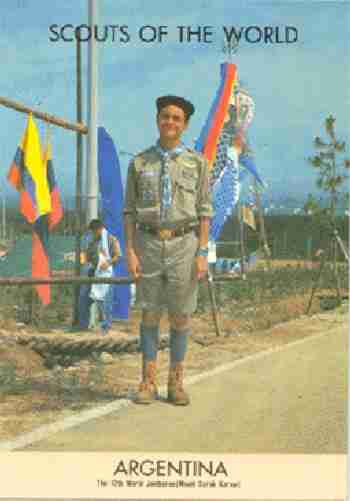
Figure 2.--Argentine Scouts wear a khaki colored uniform with a black beret. |
Argentina is one of the largest South American countries with a large European, especially Italian population. This Argentine Scout wears a black beret with a khaki or tan colored uniform with matching shirt and short pants. He wears the longer cut style of shorts that were becoming popular in Europe during the early 1990s. The shirt has long sleeves. He wears a kerchief in the Argentine natonal colors, blue and white. The belt is a contrasting colo with a distinct buckle. He also wears kneesocks that seem to be grey, although the color is a little indistinct. Note how he wears the beret on top of his head rather than pulled down to the side like many other Scouts with berets as part of the uniform. Hiking is a popular activity in Argentina and Scouts, like the one pictured here often wear hiking boots.
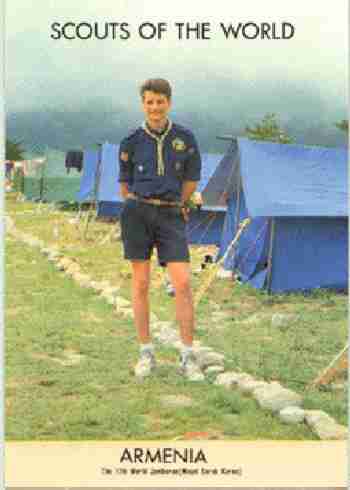
Figure 3.--Armenian Scouts wear a dark blue uniform without matching socks. |
Armenia in 1991 was just about to emerge as one of the new nations as a result of the disolution of the Soviet Union. Armenia was one of the Soviet republics. There were also large numbers of Armenians living in easdtern Turkey as well as immigrant communities throughout America and Europe. I'm not sure just when the Armenian Scout association was established as ffor years the Scout movement was supressed in the Soviet Union. The Armenian Scouts wear a blue uniform of blue shirt and blue short pants along with a small kerchief. The Scout here is not wearing headgear or uniform socks. I'm not sure if the Armenian Scouts have either.
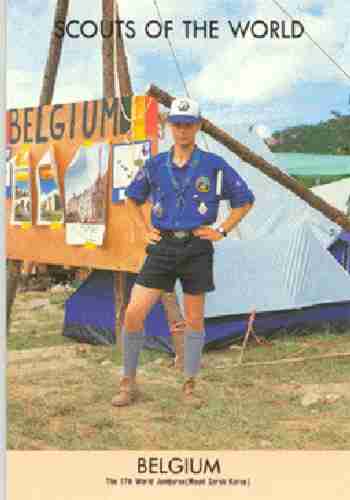
Figure 4.--Belgium Scouts at the Jamboree wore baseball caps rather than traditional Scout headgear. |
Belgium is one of the more traditional countries in Europe. Belgium Scouts retained traditional uniforms longer than many other European Scouts. The Belgian Scout here, however, wears a baseball caps rather than traditional Scout headgear. The Scout wears a blue uniform with a bright blue open-necked shirt, dark blue short pantsm and light blue kneesocks. He also wears a hard to see blue kerchief. Belgium like many European counties has no single Scout association. Rather there are several Scout Associations in Belgium, each with destinctive uniforms. I'm not sure how they chose this particular Scout to represent Belgian Scouts.
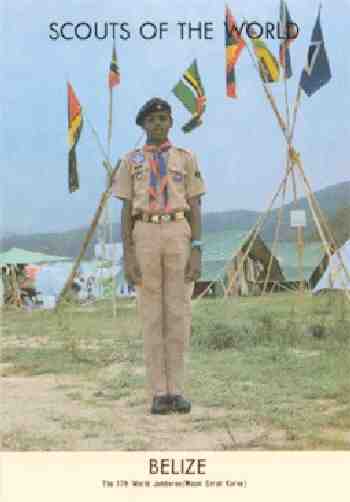
Figure 5.--Belizian Scouts like many Caribbean Scouts wear a khaki or tan uniform. They also have a long pants uniform. |
Belieze is located in largely Spanish-speaking South America, but the culture is more of the English-speaking Caribbean. Like many Caribbean Scouts, Beizian Scouts wear matching khaki or tan shirt and pants. Despite Belize's hot tropical climate, Scouts there wear long pants, although they do have short-sleeved shirts. Strangely, the long pants appear to be a common uniform style in the Caribbean. The uniform is worn with a dark colored beret. Notice the jaunty angle of the beret. This Scout also wears a large kerchief. He also has a contrasting colored belt with a destinct buckle and other adornments.
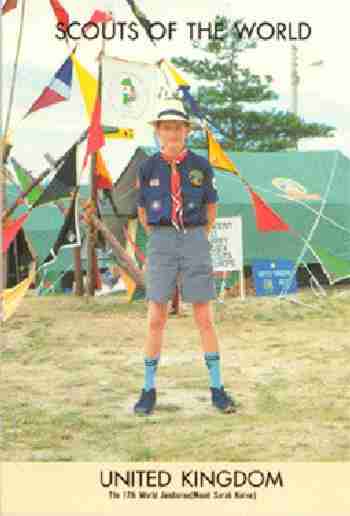
Figure ?.--The British Scout pictured here wears a uniform that is nothing like the British Scout uniform. Perhaps it was a special Jamboree uniform. |
The Scouting movement was of course founded in Britain and the uniform adopted by British Scouts and Cubs was extremely influential with other national Scout associations esecially in the early years. The British Scout pictured here wears a curious uniform in that it has nothing to do with the British Scout uniform. British Scouts in 1969 adopted a two tone tan uniform with long pants and a green beret. This Scout wears a very strange looking hat. The hat is unlike any Scout headgear I have ever seen. The Scout has a dark blue shirt, grey short pants, and mid-length blue socks. He also has a large kerchief. I'm not sure what this uniform represents, perhaps a special uniform for the Jamboree. This is not impossible. American National Scout Jamborees, for example, required participants to wear short pants uniforms when many of the Scouts never wore short pants at home.
Navigate the Historic Boys' Uniform Chronology Pages:
[Return to the Main chronologies page]
[The 1900s]
[The 1910s]
[The 1920s]
[The 1930s]
[The 1940s]
[The 1950s]
[The 1960s]
[The 1970s]
[The 1980s]
[The 1990s]
[The 2000s]
Navigate the Historic Boys' Uniform Web Site:
[Introduction]
[Chronologies]
[Organizations]
[FAQs]
[Bibliographies]
[Contributions]
[Boys' Uniform Home]
Navigate the Historic Boys' Uniform Web organization pages:
[Return to the Main World Jamboree page]
[Boys' Brigade]
[Camp Fire]
[Hitler Youth]
[National]
[Pioneers]
[Royal Rangers]
[Scout]
